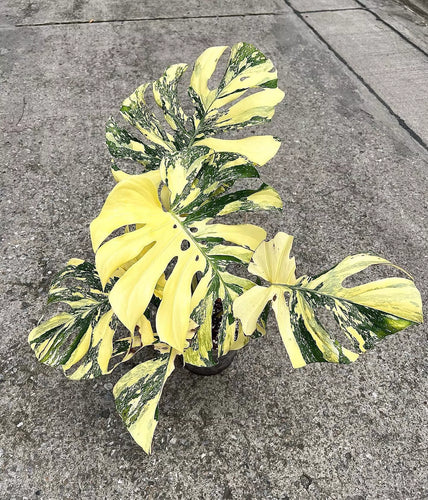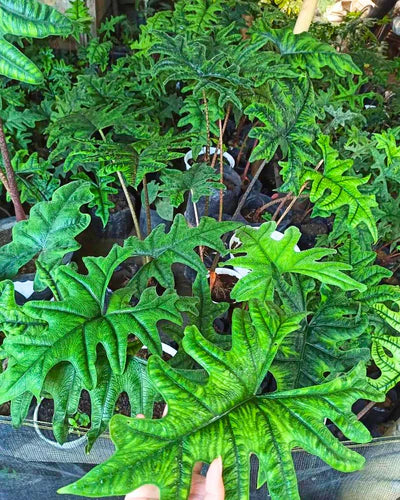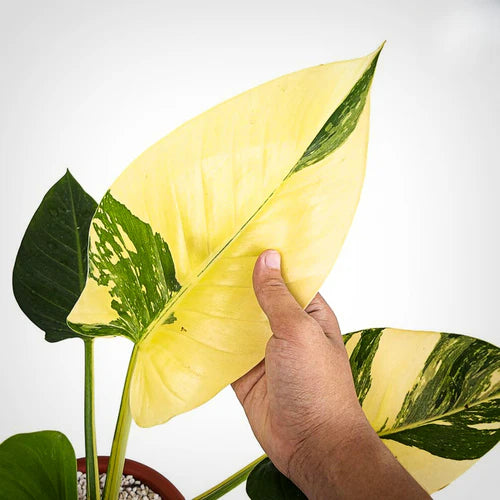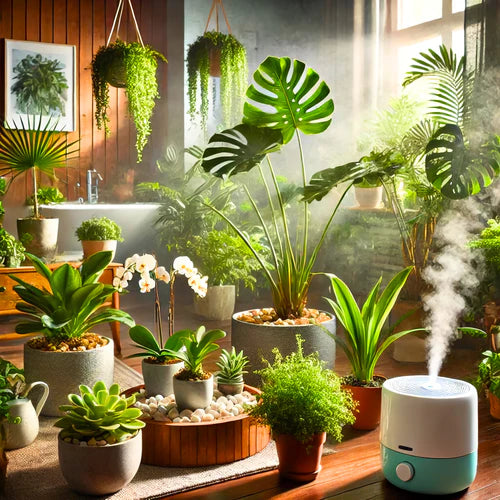Rhaphidophora Tetrasperma Blue Steel: A Unique Twist on the Mini Monstera
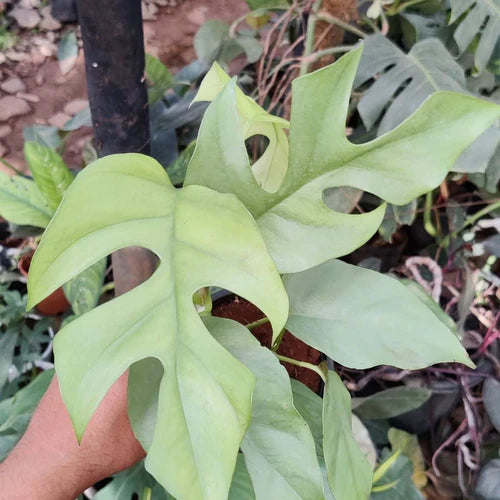
Introduction: The Rhaphidophora Tetrasperma Blue Steel
In the ever-expanding world of houseplants, the Rhaphidophora Tetrasperma Blue Steel, commonly known as the Mini Monstera, is a captivating addition that's sure to turn heads. This unique variant offers a silvery-blue hue, reminiscent of the Epipremnum Cebu Blue, and features elongated, narrow leaves that set it apart from its green counterpart. If you're looking to add a touch of elegance and intrigue to your indoor garden, the Rhaphidophora Tetrasperma Blue Steel is a must-have.
Rhaphidophora Tetrasperma Blue Steel Plant Care Guide:
Here's a quick rundown of the basic care requirements:
- Botanical Name: Rhaphidophora Tetrasperma
- Common Names: Mini Monstera Blue Steel,
- Plant Type: Slow to medium-growing climber
- Sunlight: Bright, indirect light
- Soil Type: Well-draining, airy aroid mix
- Color: Silvery blue
- Water: Moderate watering
- Climate: Tropical & Humid
- Fertilizer: Liquid or slow release fertilizer
- Propagation: Stem cuttings or air layering
- Toxicity: Toxic if ingested
- Height: Can grow up to 6m tall
- Origin: Mutation of Rhaphidophora Tetrasperma
Blue Steel Soil Mix:
The Rhaphidophora Tetrasperma Blue Steel thrives in a nutrient-rich, well-draining soil mix. A blend of orchid bark, perlite, pumice, and coconut chips can significantly improve drainage. Dense, heavy soil is a big no-no as it can lead to root rot. Adding worm castings or garden compost can enrich the soil, providing the nutrients this unique plant loves.
Watering Your Blue Steel:
The roots of the Rhaphidophora Tetrasperma Blue Steel are sensitive and prone to rot if overwatered. It's crucial to water the plant thoroughly and then allow any excess to drain. A moisture meter can be a helpful tool to avoid both overwatering and underwatering. During the growing seasons of spring and summer, aim to water your plant about once a week, reducing the frequency during winter.
Lighting Requirements:
The silvery-blue leaves of the Rhaphidophora Tetrasperma Blue Steel require bright, indirect light for optimal growth. A light meter can help you determine if you're providing the right amount of light. If you notice the color of the leaves fading, it might be an indication that the plant needs more light. If so, you can supplement with grow lights.
Humidity and Temperature:
This tropical plant prefers medium to high humidity levels, ideally between 60% and 80%. If you notice brown tips or a papery texture on the leaves, consider using a humidifier or placing the plant on a pebble tray to increase humidity.
Fertilizing Your Blue Steel:
A diluted solution of liquid indoor plant fertilizer once a month during the growing season should suffice. Slow-release fertilizers are also an option but place them away from the base of the plant to prevent root burn.
Toxicity Warning:
Like many aroids, the Rhaphidophora Tetrasperma Blue Steel is toxic if ingested. Keep it out of reach of pets and small children.
Propagating Blue Steel:
The most effective method for propagating this plant is through air layering or stem cuttings. For air layering, wrap damp sphagnum moss around a node and cover it with plastic wrap. After a few weeks, roots should begin to form. Stem cuttings can also be rooted in water or a well-draining medium like perlite.
Pests and Diseases:
Common pests include mealybugs, spider mites, and thrips. Maintaining optimal growing conditions can help the plant fend off these pests. For prevention, consider wiping down the leaves with Neem Oil and isolating new plants before adding them to your collection.
Rarity and Where to Buy:
The Rhaphidophora Tetrasperma Blue Steel is a rare mutation, making it a prized possession among plant collectors. If you're looking to buy a healthy, well-established plant, check out plantvault.com.
Conclusion:
The Rhaphidophora Tetrasperma Blue Steel is more than just a trendy plant; it's a statement piece for any indoor garden. Its unique silvery-blue leaves and elongated, narrow shape make it a standout addition that's both captivating and relatively easy to care for. Whether you're a seasoned plant parent or a newbie, this Mini Monstera variant is sure to elevate your indoor plant game.


